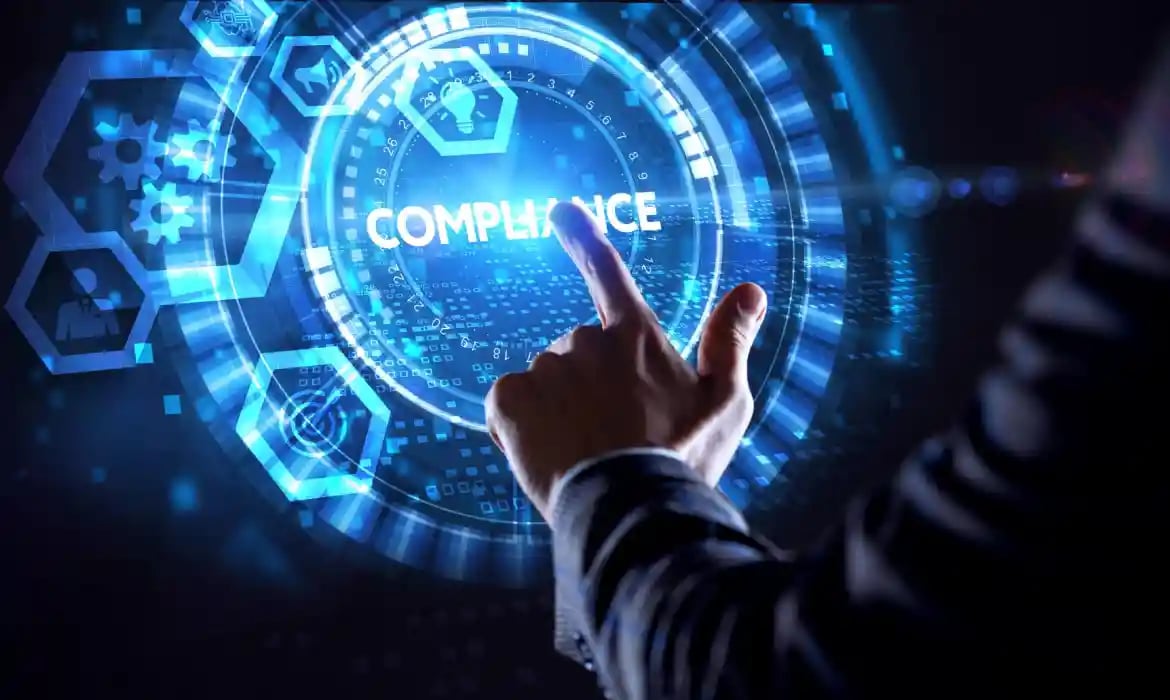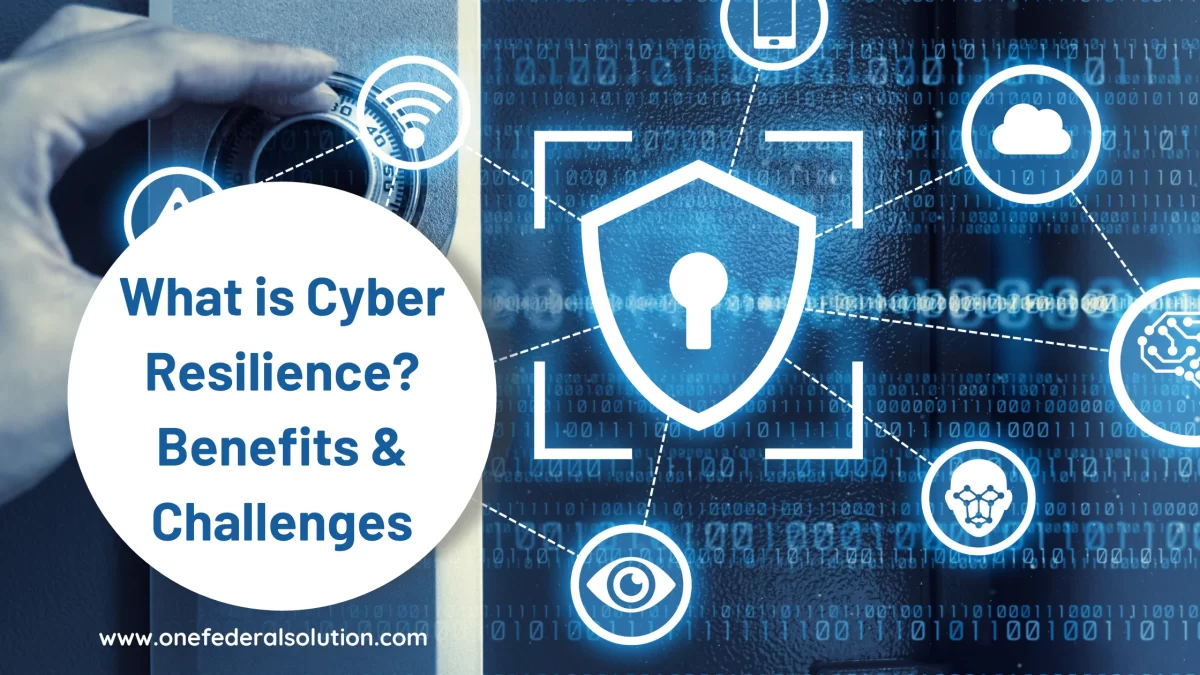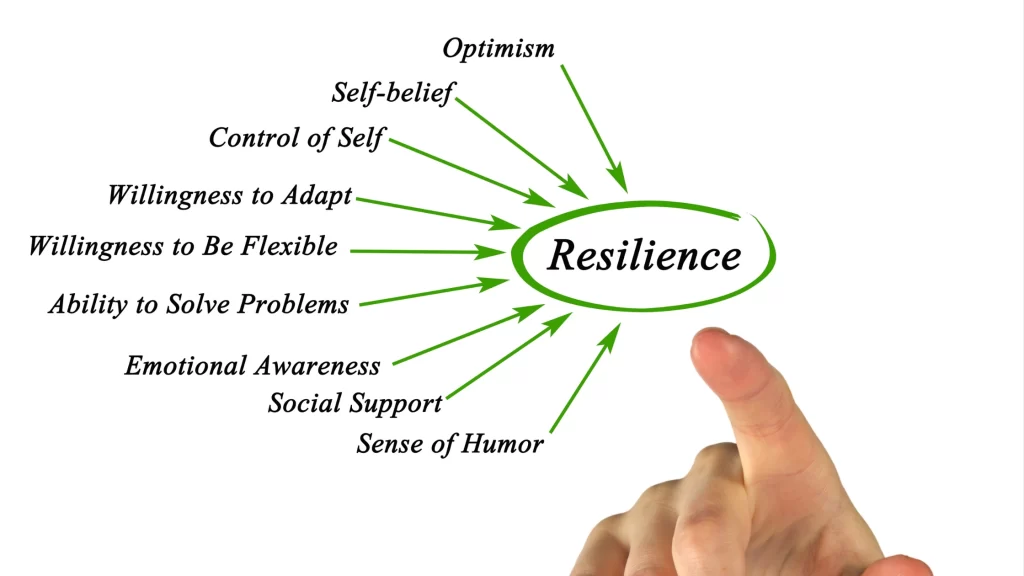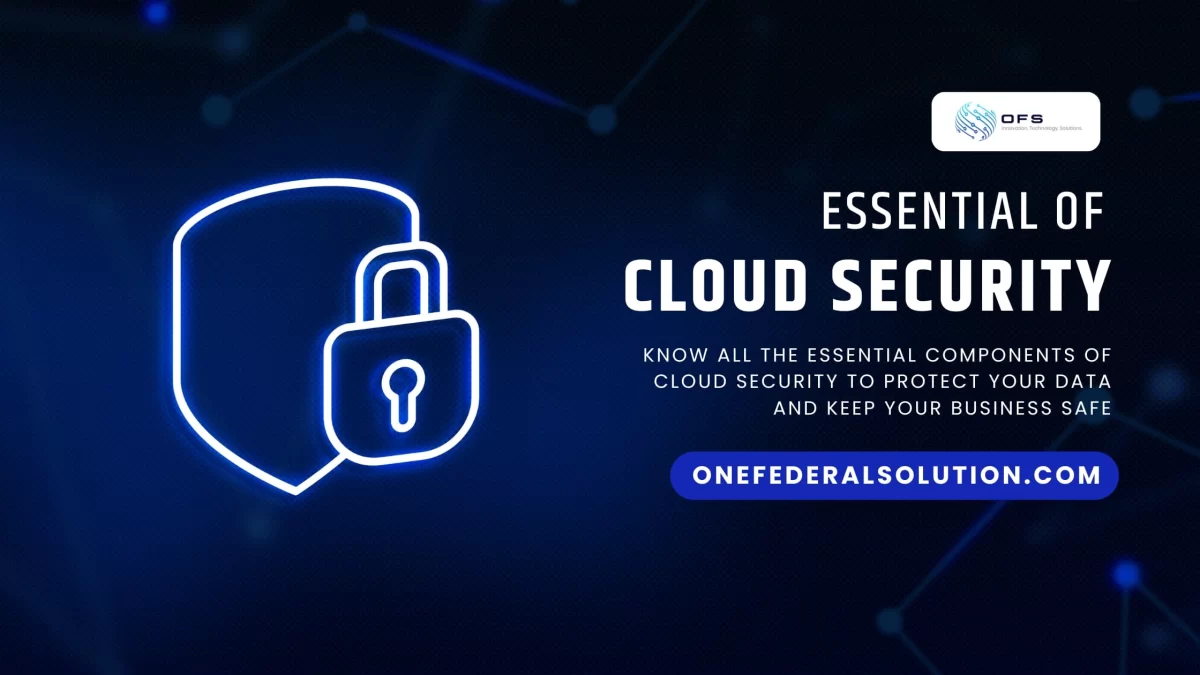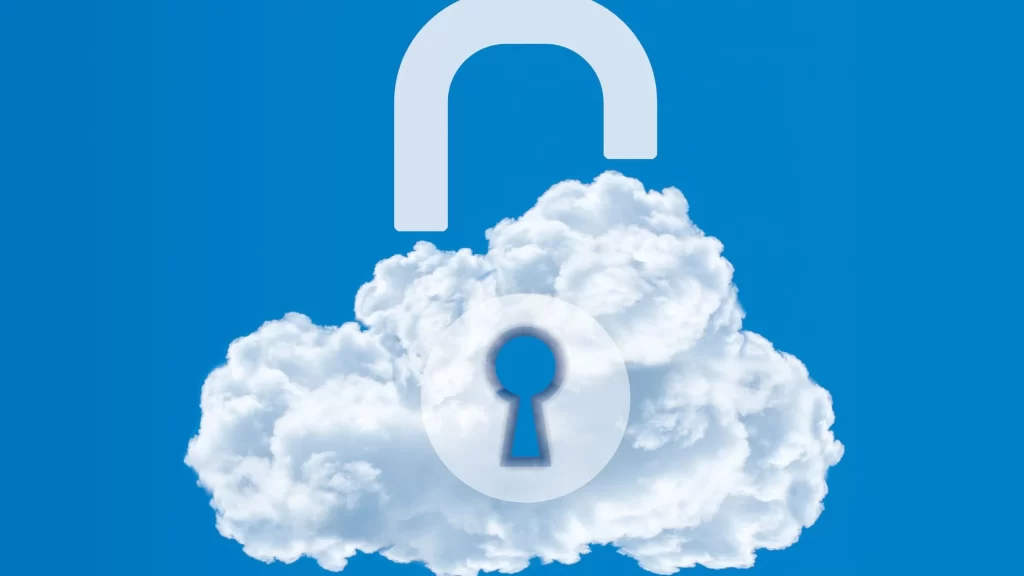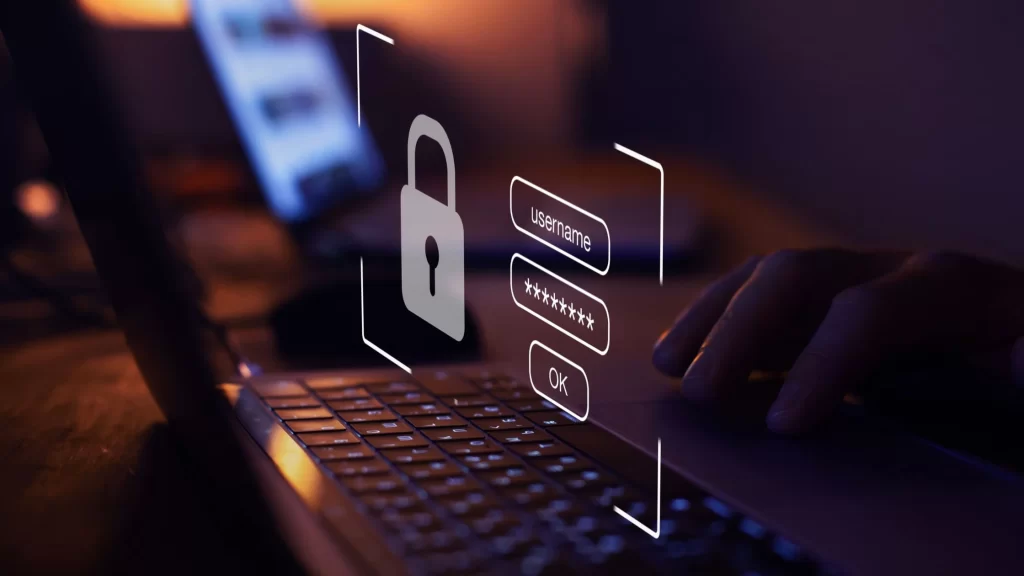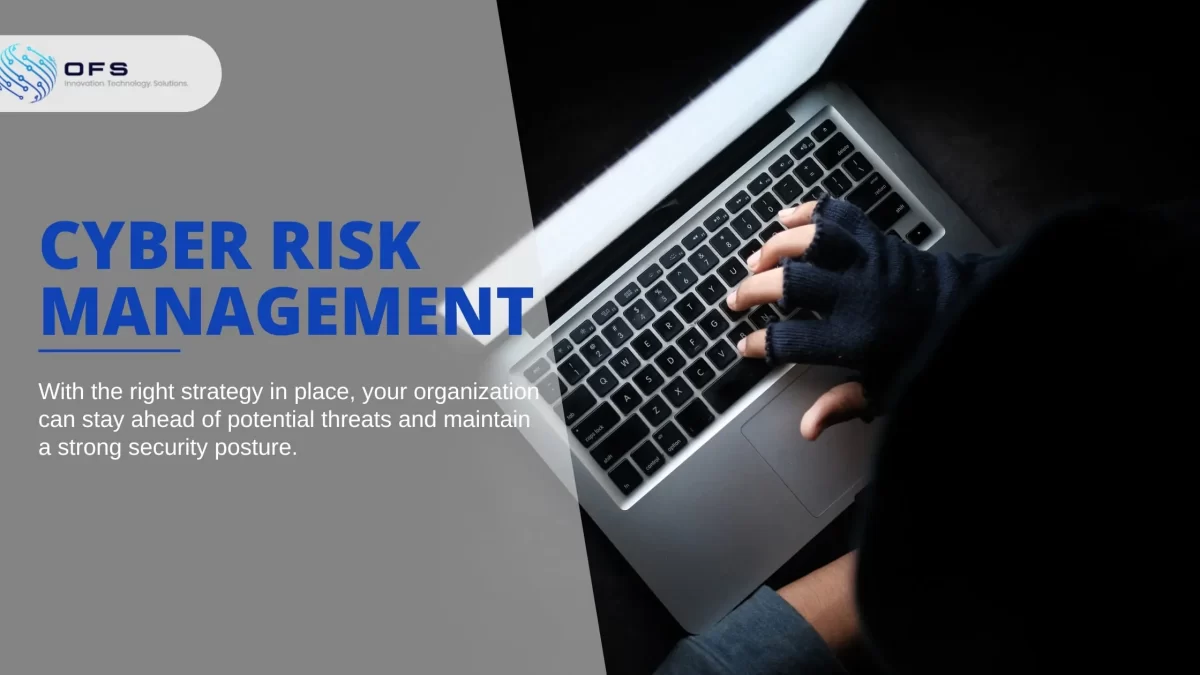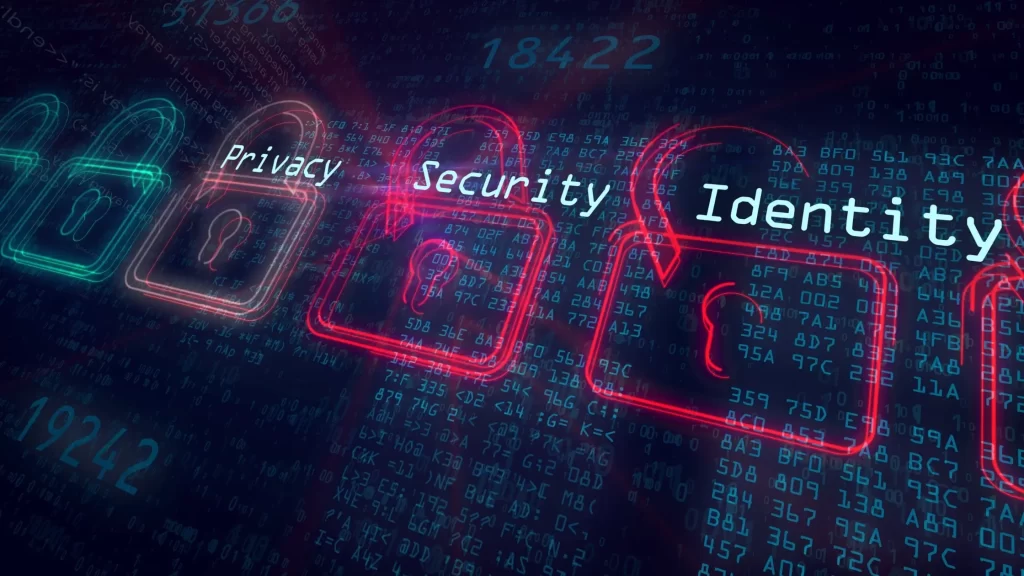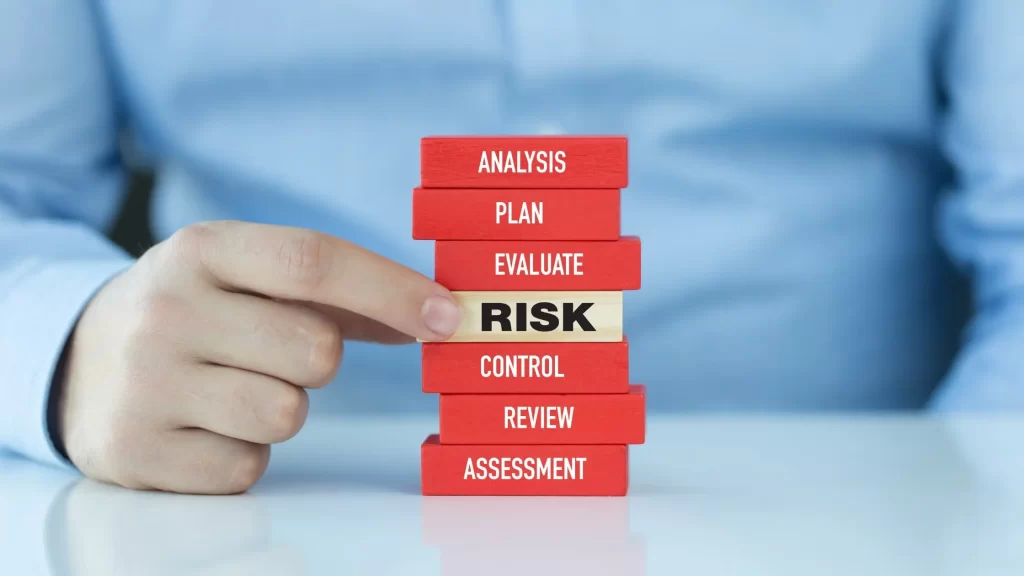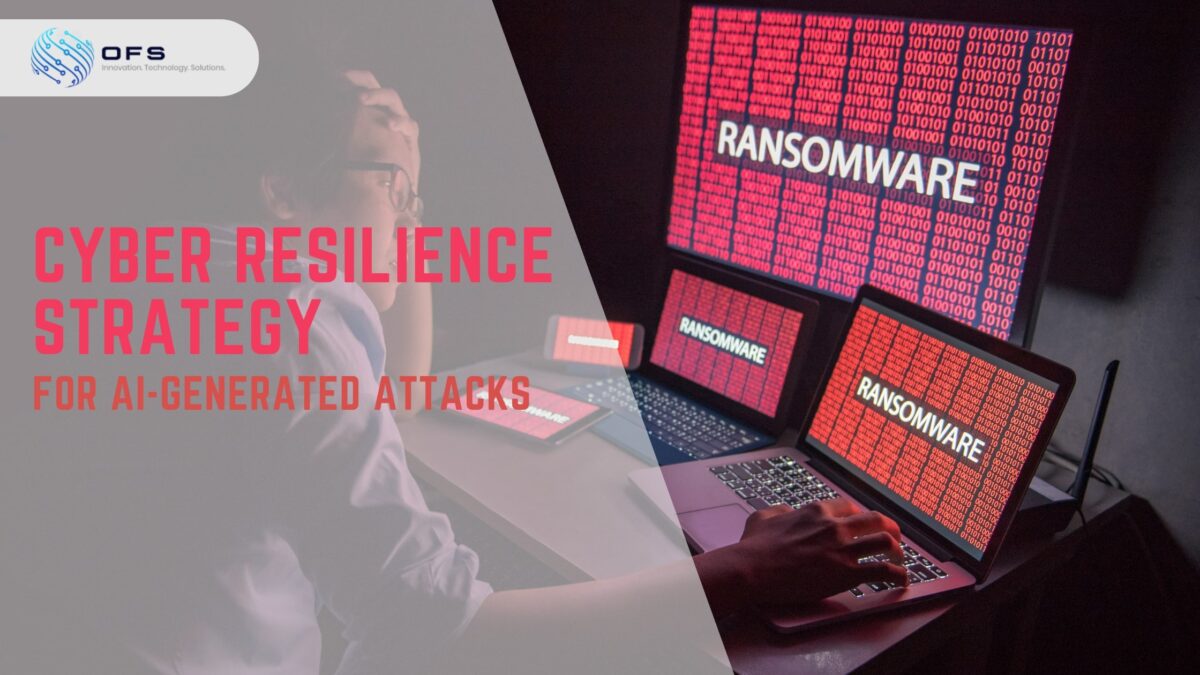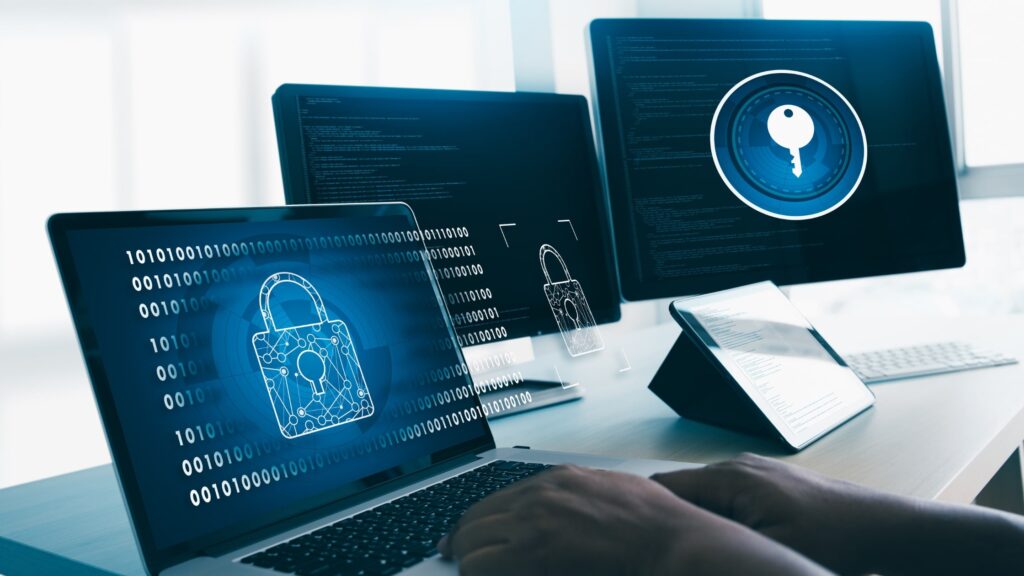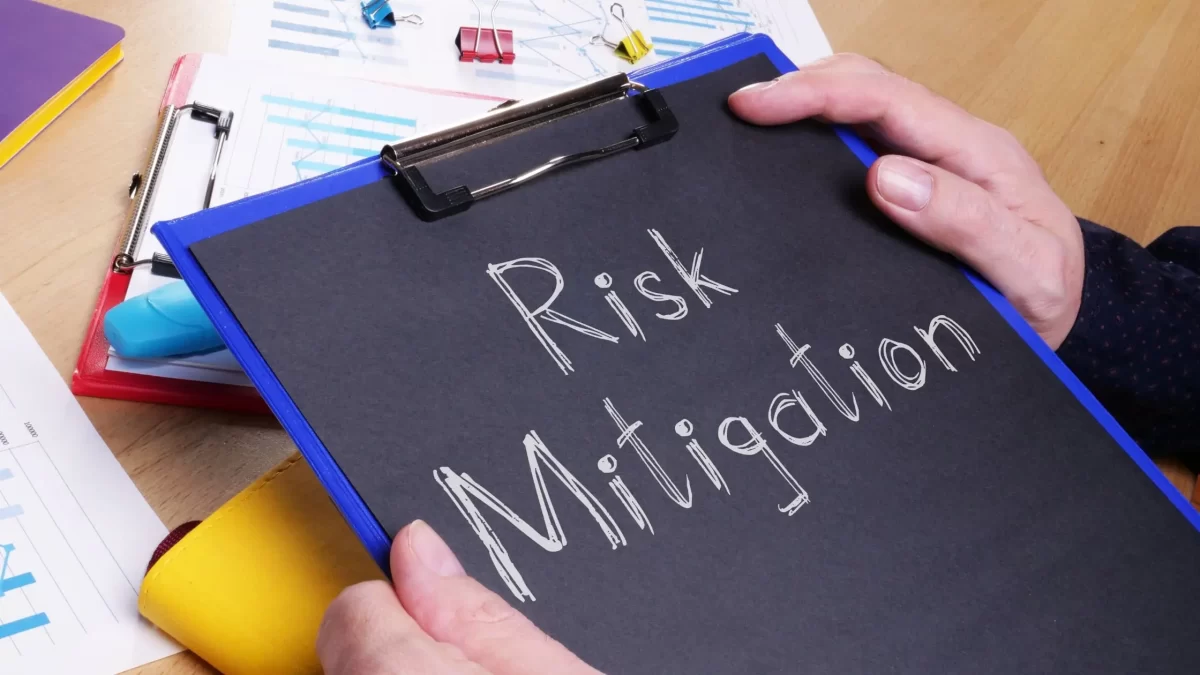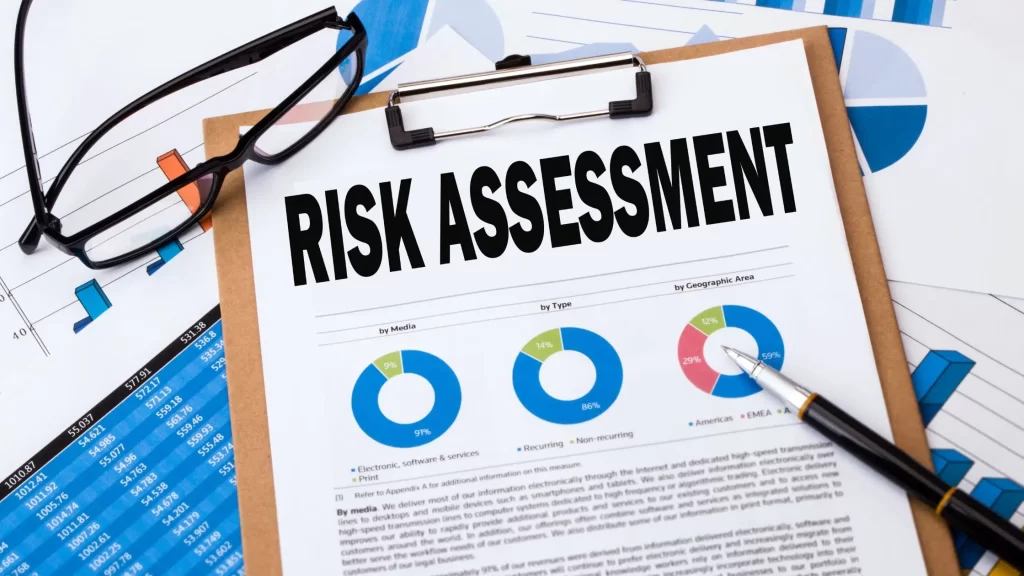Cyber threats are evolving constantly. One of the lethal attacks is ransomware. These attacks can derail an entire organization, locking down critical data, and call for ransom. Therefore, having a robust cyber resilience system in place is no longer a luxury. It has become a key part of today’s digital infrastructure. Cyber resilience subsides the crippling impacts of cyber threats, helping you bounce back quickly and keep going.
What is Cyber Resilience?
So, what is cyber resilience? In plain language, it’s the capacity of an organisation to get ready for, react to, and get over a cyberattack.
Imagine a body’s immune system.
Cybersecurity is the armour that attempts to prevent viruses from entering. But cyber resilience is the capacity of the body to resist the infection, heal, and resume normal living.
It’s a forward-thinking strategy that acknowledges attacks aren’t an issue of “if” but “when.” The essence of cyber resilience is to keep the vital functions operating even when a system is breached.
A good cyber resilience definition encompasses three basic stages:
Preparation:
It involves identifying critical assets, learn the potential threats, and creating a robust cyber resilience framework. It is all about building a solid foundation of security measures, such as backups and incident response plans.
Response:
When an attack takes place, you need to be able to detect and mitigate the risk quickly. This is where you need to have a well-defined incident response plan.
Recovery:
This is the key ultimate phase. It’s restoring systems and data to complete capability with minimum downtime and effect.
Why Cyber Resilience is a Game Changer
There’s traditional cybersecurity, which emphasizes building walls and moats—preventing unauthorized entry. It’s necessary, but it has its weaknesses. Smart and capable attackers will find a way in eventually. That’s where cyber resilience comes in. It is a realistic and practical plan. It develops an organization’s capacity to adapt and recover.
That’s why a robust cyber resilience strategy is important for any organization, particularly those in the government and defense sectors:
Reduces Disruption:
An attack on key infrastructure has destructive potential. Targeting resilience allows organizations to reduce the downtime and disruption to critical services, maintaining continuity.
Safeguards Reputation and Public Trust:
Public trust is everything.
Stakeholders will invest in your organization knowing that you are serious about cybersecurity. People will feel confident dealing with you as you take care of their data.
Reduces Financial Cost:
A cyber-attack can badly hit your company’s financial health. Maybe you need to pay a lot of ransoms to free your critical systems. Legal expenses and recovery costs cannot be overlooked. Dealing with cyber threats proactively reduces this financial risk.
Supports Competitive Advantage:
With a strong cybersecurity and resilience posture, you can win over the trust of stakeholders and customers that they are secure.
Facilitates Innovation:
If you feel confident that you can recover from any attack, you are more likely to invest in new technologies and digital transformations without hesitation.
One Federal Solution (OFS): Your Trusted Partner in Cyber Resilience
OFS has been providing quality technology services to government agencies and other firms.
With more than 17 years of supporting the organization, we understand the exclusive challenges and high stakes involved in protecting government information and operations.
As a Service-Disabled Veteran Owned Small Business (SDVOSB), OFS holds itself to serving its government partners with honor and devotion.
Our experience in business intelligence, data analytics, and technical and professional support makes us your trusted partner in cyber resilience. We just don’t offer services; they collaborate with agencies to create end-to-end, all-encompassing solutions that are resilient by design.
The OFS Approach to Cyber Resilience
Our leadership is driven by the “thinking outside the box” approach. We don’t simply plug holes; we help agencies create a robust digital ecosystem. Here’s how they lead the charge:
Risk-Based Analysis:
OFS starts by determining an agency’s highest-priority assets and the risks they are exposed to. We perform data Analytics to simulate potential attack vectors and gauge the effect. This enables us to create a cyber resilience strategy that is optimized to the unique requirements of each government partner.
Establishing a Resilient Foundation:
We help agencies in establishing core security controls that are resilient in nature. These include secure architectures for the network, good data backup and recovery systems, and redundant infrastructure. We make sure that even when one system is breached, others can seamlessly take over.
Active Monitoring and Threat Intelligence:
We continuously monitor and employ advanced threat intelligence to catch attacks early. Our expertise can detect and contain threats before they have a chance to cause extensive harm, an essential part of a robust cyber resilience framework.
Professional Incident Response:
In the event of an incident, OFS’s experts are prepared to act. They possess pre-defined procedures and the skill to promptly contain the damage and initiate the recovery process. Prompt action reduces downtime and business impact.
Continuous Improvement: The cyber landscape is always evolving. OFS helps agencies stay ahead of the curve by providing ongoing support, training, and security assessments. They work with their partners to refine their cyber resilience strategy and adapt to new threats.
The Human Element: Training and Culture
Technology is merely part of the equation. OFS knows that individuals tend to be the weakest link in the security chain. We offer training and assistance to assist government workers in detecting and reacting to threats. It instills a security-aware culture that is necessary for an effective cyber resilience stance.
By assisting agencies in establishing a resilient culture, OFS equips government workers to serve as the first line of defense. This integrated strategy, which unites cutting-edge technology with human brains and training, is what makes OFS stand out.
The OFS Difference: A Pioneer in Co-Creation
One Federal Solution does not merely check a box; it works with the clients to find the solution. This collaborative method makes certain that the solutions are not only effective but also precisely aligned to the agency’s mission and objectives.
By enabling agencies to develop a robust cyber resilience framework, OFS is not only safeguarding information and systems but also guaranteeing the continuity and success of core government functions. In an age where cyberattacks are ever-present, OFS gives you the peace of mind that results from knowing you are not merely defended, but actually resilient.



